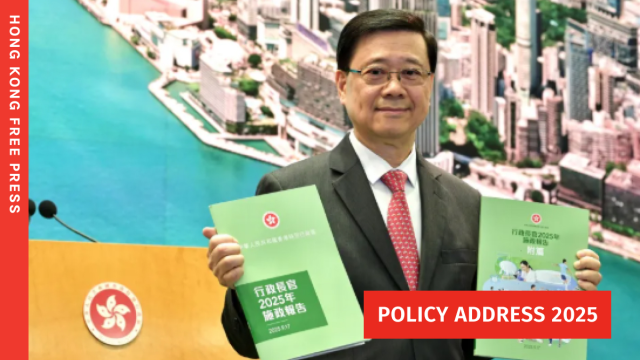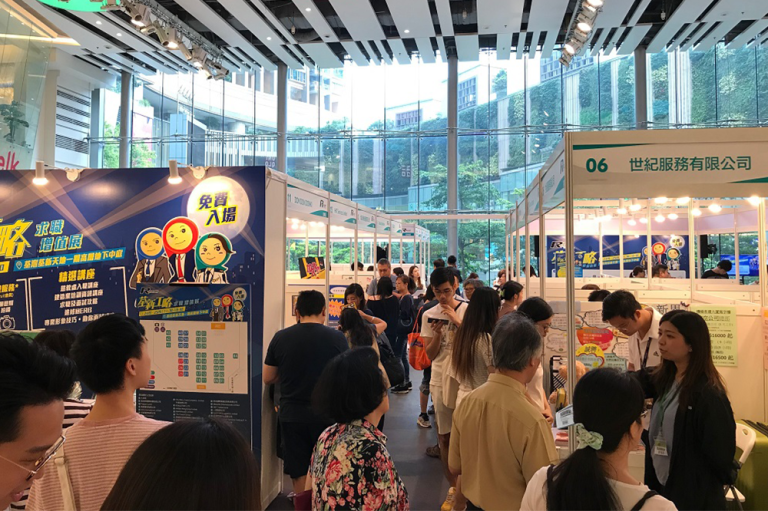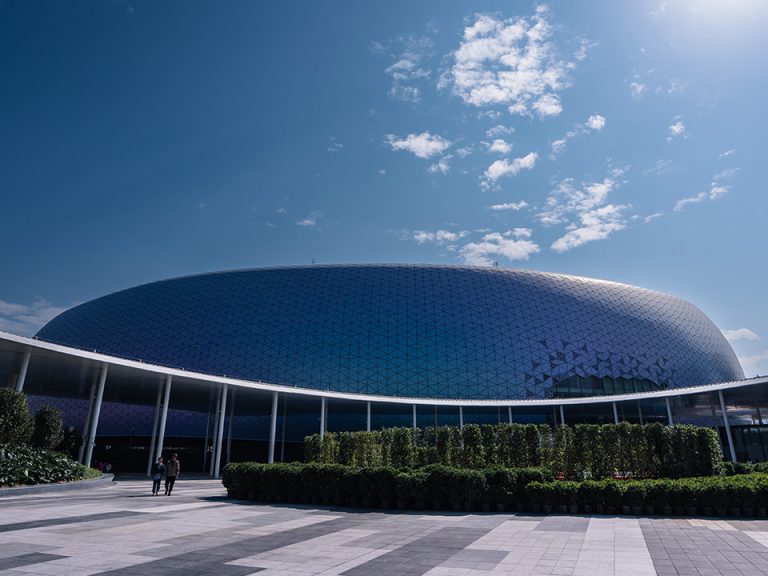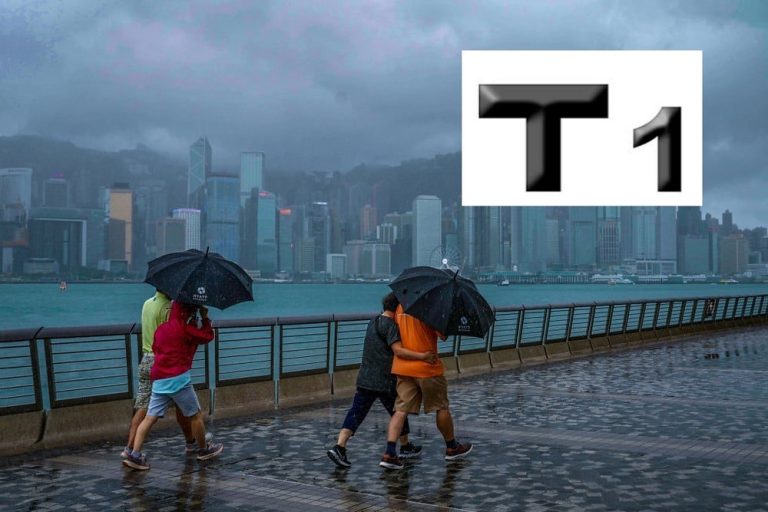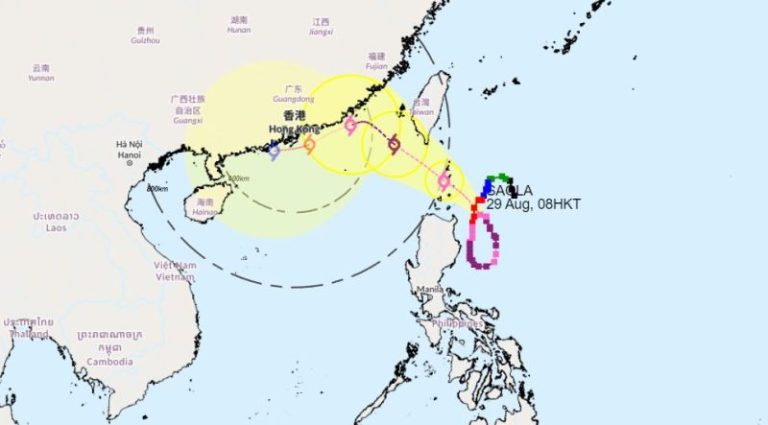Hong Kong is set to unveil an extraordinary window into one of China’s most fascinating historical periods with its upcoming exhibition, “Tang Vogue Beyond the Horizons: A Golden Era of Multicultural Integration and Openness.” Scheduled to open at the Hong Kong Heritage Discovery Centre, this landmark event promises to transport visitors back to the Tang Dynasty—an era renowned for its cultural dynamism and global interconnectedness.
The exhibition is far more than a typical historical display. Featuring an impressive collection of 298 exhibits borrowed from 28 mainland cultural institutions, it offers an unprecedented look into a society that was remarkably progressive for its time. Twenty-nine archaeological discoveries from Hong Kong itself will provide local context, revealing the region’s significant role in the broader Tang cultural landscape.
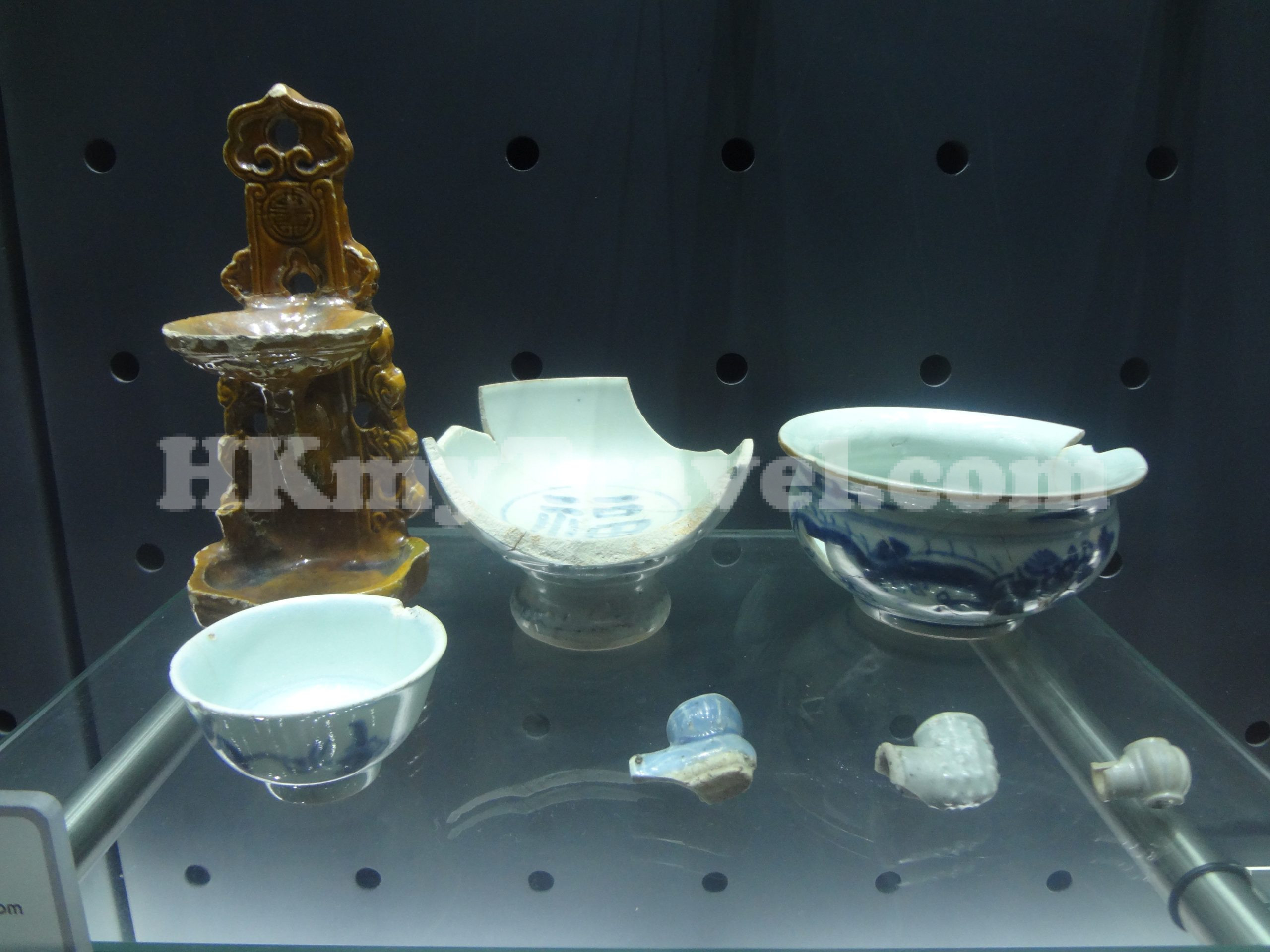
Organized into eight thematic sections, the exhibition delves deep into the complexities of Tang society. Visitors will explore everything from the sophisticated administrative systems to the vibrant urban life of Chang’an, the dynasty’s capital. What makes this exhibition truly remarkable is its ability to challenge conventional narratives about medieval Chinese society by highlighting its remarkable openness and diversity.
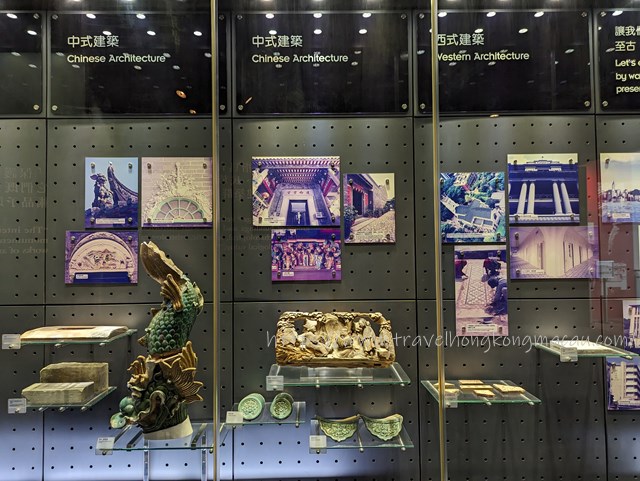
Take, for instance, the exhibition’s fascinating artifacts depicting foreigners holding prestigious court positions and women participating in traditionally male-dominated activities like polo. These exhibits challenge stereotypical perceptions of historical Asian societies, showcasing a culture far more nuanced and inclusive than many might expect. As David Leung Chee-kay, Commissioner for Heritage, notes, these figurines demonstrate the Tang Dynasty’s progressive approach to talent and cultural exchange.
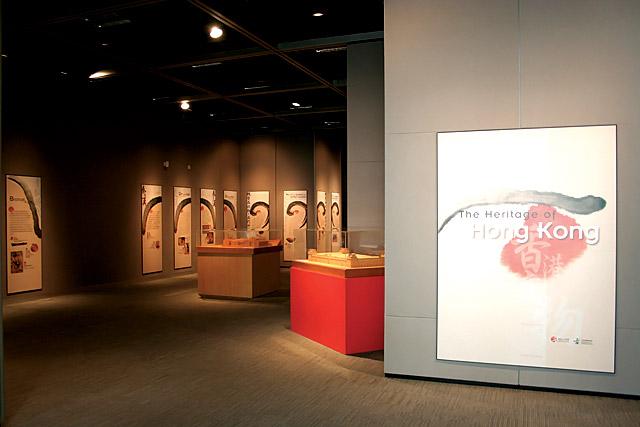
The exhibition also illuminates Hong Kong’s historical significance during this period. Ceramic artifacts discovered locally provide tangible evidence of the region’s role as a crucial hub on the Maritime Silk Road. Historical records even indicate that the Tang Dynasty stationed troops in Tuen Mun for defensive purposes, underscoring Hong Kong’s strategic importance during this golden age.
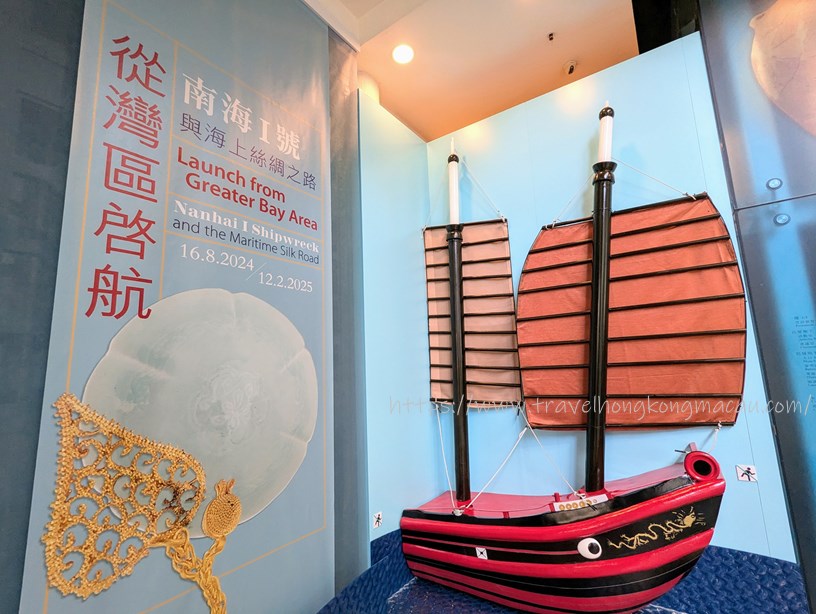
Susanna Siu Lai-kuen, Chief Heritage Executive of the Antiquities and Monuments Office, emphasizes the lasting impact of the Tang era. The dynasty’s influence extended far beyond its immediate geographical boundaries, with neighboring regions like Japan and Korea adopting its imperial examination system—a groundbreaking method of selecting government officials based on merit rather than hereditary status.

Recognizing the importance of accessibility, the exhibition offers multilingual guided tours designed to engage both local and international visitors. This approach ensures that the rich narrative of the Tang Dynasty can be understood and appreciated by a diverse audience, bridging historical knowledge across cultural boundaries.
By presenting such a comprehensive exploration of the Tang Dynasty, the exhibition does more than showcase historical artifacts. It invites visitors to reimagine a period of extraordinary cultural sophistication, where diversity was celebrated, innovation was prized, and societal boundaries were more fluid than many might assume.
For anyone interested in understanding the roots of Chinese cultural identity, or simply curious about a remarkable historical period, this exhibition promises to be an enlightening journey. It transforms historical artifacts into living stories, revealing a golden age of multicultural integration that continues to resonate in our contemporary world.

